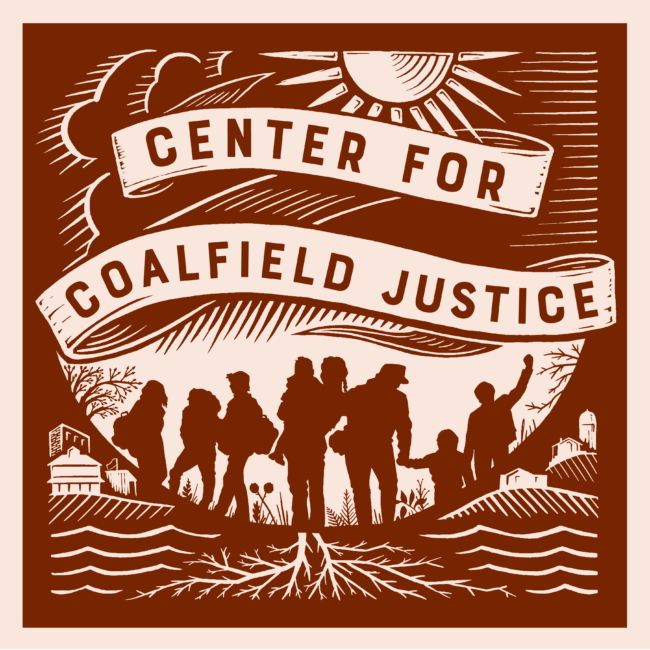
FOR IMMEDIATE RELEASE
Media Contact: Lisa DePaoli, lisa@centerforcoalfieldjustice.org, 724-229-3550, ext. 3
PA BUDGET DEAL LEAVES OUT WHOLE-HOME REPAIRS: STATE OFFICIALS PLAYING POLITICS WITH PEOPLES’ HOMES
Washington, PA – In 2022, state lawmakers agreed to use $125 million in federal pandemic aid to create the Whole-Home Repairs Program, a rare bipartisan victory and the largest state investment of its kind in years. Introduced by state Sen. Nikil Saval, a Democrat from Philadelphia, the proposal won support from conservative Republicans representing rural areas that have suffered from years of disinvestment and blight. Demand for the program has been overwhelming, with many counties reporting extensive waitlists as applications for projects came pouring in over the past year. As recently as this summer, lawmakers agreed to budget $50 million to fund the popular program.
However, last week’s budget deal failed to include this funding for the Whole-Home Repairs Program and it was left out of the budget-enabling code bills passed on Wednesday. Once again, locally-elected state officials are playing politics – only this time, with people’s homes. Funding for Whole-Home Repairs will lapse until lawmakers return to the budget negotiating table next year.
The program provides funding for county-wide agencies to address habitability and safety concerns, as well as measures to improve energy or water efficiency or to make properties more accessible for people with disabilities. It offers income-eligible homeowners grants to address expensive projects like leaking roofs, unsafe electrical wiring, and broken furnaces. The funding can also be used for construction-related workforce training. These repairs are badly needed on many homes in our communities.
Washington and Greene Counties need more funding for the program, not less. So far, Washington County has granted awards for workforce development in the construction industry, which should help to address long-standing labor shortages. Greene County has prioritized veterans and disabled resident repairs, with a portion utilized for workforce development.
